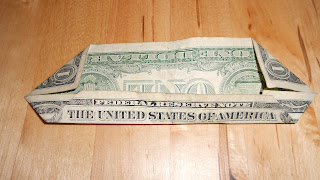Back to Anglais, I found these at the coin store in Michigan, part of that large hoard that I pulled out. The 25 centimes coins were about the most valuable in here and they are quite old! I did this post in French because I can speak it (to an extent). And now that I'm really tired, I'm going to leave you with the stats!
France
5 Centimes – 1901
VF – KM#842
|
France
5 Centimes – 1912
VF – KM#842
|
France
5 Centimes – 1931
XF – KM#875
|
France
10 Centimes – 1918
XF – KM#866a
|
|||
France
25 Centimes – 1903
VF – KM#855
|
France
25 Centimes – 1904
VF – KM#856
|
France
50 Centimes – 1923
VF – KM#884
|
France
1 Franc – 1921
XF – KM#876
|
|||
France
10 Francs – 1947
XF – KM#909.1
|
France
10 Francs – 1948
CF – KM#909.1
|
France
100 Francs – 1954
XF – KM#919.1
|
France
1 Franc – 1992
XF – KM#1004.1
|





































